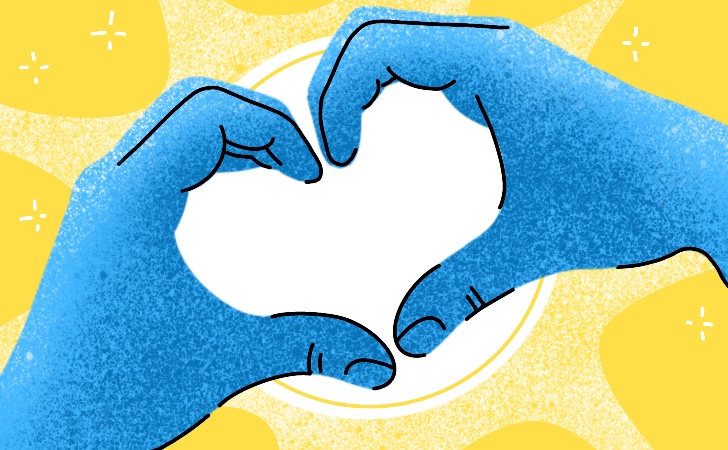We use cookies to improve the services we offer you. By continuing to browse this site, you consent to keep them in accordance with our Privacy Policy.
×We use cookies to improve the services we offer you. By continuing to browse this site, you consent to keep them in accordance with our Privacy Policy.
× 3,788
3,788
 4 min
4 min

Silhouette is a style of photography in which the model is totally blacked out. When you mask out your subject, you create a sense of mystery in your picture. Viewers are free to fill in the details and create their own unique stories from the image. Want to know how to do it? Read our guide on silhouette photography.
Silhouettes do not need powerful or expensive cameras. You can create a perfect silhouette on a DSLR-camera, a simple point-and-shoot camera, or even a smartphone. So don’t be scared to attempt your first silhouettes, no matter what camera you have.
In silhouettes, the background is just as important as the subject. Try to find a really beautiful place to shoot – a beach or down by the river would be great options. It is always a good idea to shoot silhouettes in nature but, if you’re going to shoot indoors, find a location with a window or a doorway with a stunning cityscape or other vista beyond it.
For silhouettes, you need the sun to be relatively low in the sky, so sunset and sunrise are the best times of day to try your first shots. Once you’ve found a nice place to watch a sunrise or sunset, you can consider your work half-done. The light will do (almost) everything for you!
You can use anything as your object – a tree, balloons, a bicycle – anything. But it’s easiest to start with people because you want your subject to be easily identifiable even when totally blacked out. And a person, even if you can see only their silhouette, is still obviously a person.
While taking portraits, you usually try to place your model so that the light hits them from the side or the front. With silhouettes, it’s different. The light needs to be behind the subject – that’s what creates the blacked-out effect. So if you’re shooting outdoors, place the model between you and the sun.
The main thing here is isolating your subject from the background and framing it up in the sky. For that, you just need to shoot from a lower angle. Don’t be afraid to get down on your knees or even lower! Let the model be surrounded only by the sky. Make sure that they are still clearly identifiable as a person. Ask them to stand naturally, not with hands glued to their sides or legs close together. Also, make sure that multiple objects are clearly isolated from each other. For example, if there is a person and a bench, make sure they are well-separated so that they won’t look like some huge unidentifiable blob.
When you start out, keep the story in your picture simple, for example, someone who’s just appreciating the view of the sunset. Once you’re happy with your initial results, try some more complex compositions like jumps, dances, and so on. Experiment with poses, ask the model to try different positions: raise their hands above the head or put them on their hips. Experiment!
You can play with space, too. You can have a lot of unused space in your photo as the background is one of the main elements here. Try making your model look very small compared to the expansive sky that’s taking up most of the space in the shot. That will for sure look cool and dramatic.
And one last thing: make the sun one of the participants in the photo. Play with its position – place the model to the side of the sun or completely hide it behind the subject. See how the light changes!
While shooting, set the white balance on your camera to auto mode, turn off the flash and make sure you’re focused on your subject.
All you need to do at this stage is to make sure that the background is the correct color and bright enough, while the subject, on the other hand, is dark enough. So if your model is too well-lit and you can see some details, try bringing down the blacks or adjusting the shadows. Once you’re done with editing, you might want to experiment even more: try combining the best shots into a slideshow (Movavi Slideshow Maker works best for this). It’s best if your sequence has a story, an untold narrative running through the mysterious silhouettes you captured.